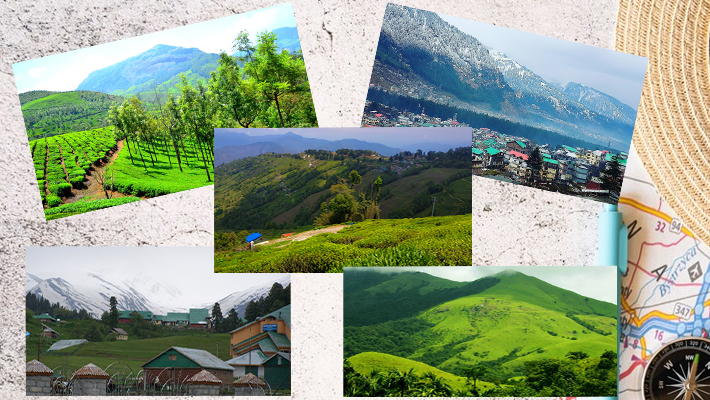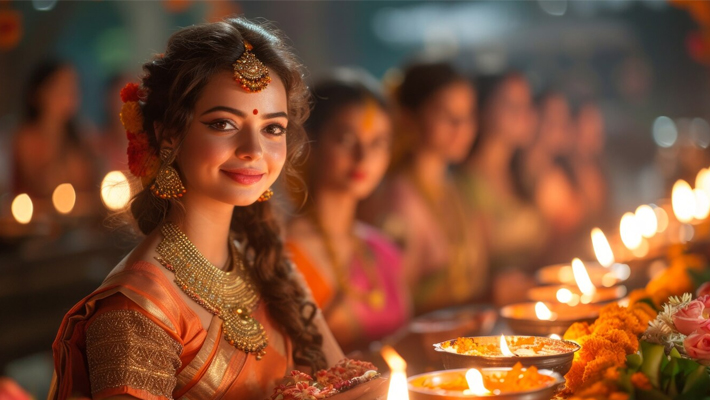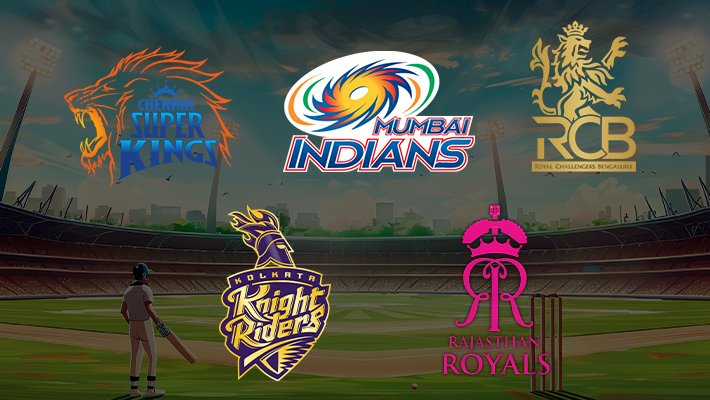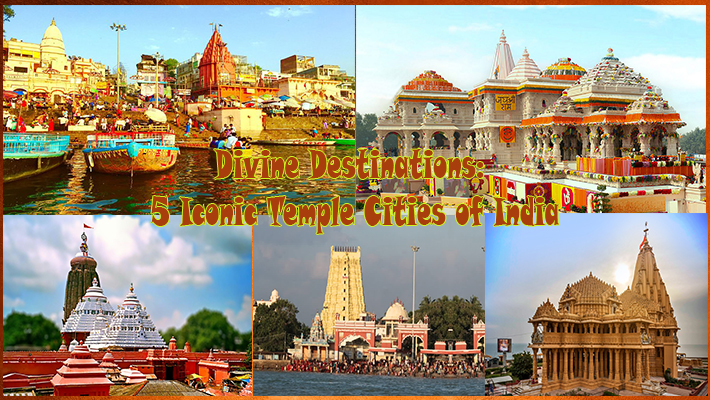
India is a country that is widely recognized for its diverse cultures, ethnicity, spirituality, faith, and beliefs. It is also known as a place where people all around come to when they are looking for a connection with divine intervention - God. India is a hometown of various historical temples, which are also an example of extraordinary architecture, even today many temples hold many elements/theories in them which are beyond human understanding or imagination.
There is no official record of the total number of temples in India, however, it is estimated that there are over 6 lakh temples.
India is a place air-filled full of devotion, the streets echo the bells of temples and an ancient land that tells epic stories of gods that once led life here. Right from Kashmir to Kanyakumari, every state has thousands of temples situated in it, and Tamil Nadu ranks first with around 79,000 temples. In light of this, this article explores the 5 Iconic Temple Cities of India. Let’s read.
Varanasi
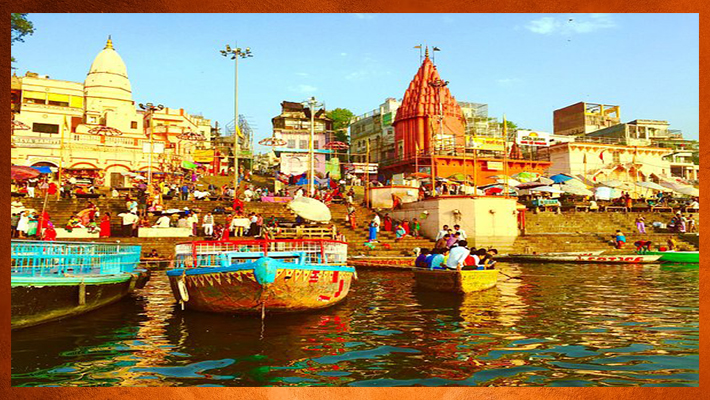
Known as the ‘City of Temples’, Varanasi is a major Hindu pilgrimage situated on the banks of the holy river Ganga. Other names for Varanasi are Kashi and Banaras. Every year lakhs of people come to Varanasi with the hope of taking a dip in the river Ganga, which is believed to wash off the sins and attain liberation. One of the most visited temples in Varanasi is Kashi Vishwanath Temple, one of the 12 Jyotirlingas of Lord Shiva. Varanasi is also home to 365 ghats, among which Harishchandra Ghat, Tulsi Ghat, Assi Ghat, Dashashwamedh Ghat, Manikarnika Ghat, Chet Singh Ghat and many more.
Another major attraction of Varanasi is Ganga Arti, which takes place every morning and evening. Thousands of people gather every day on the ghats of Varanasi or by boat rides to witness the Ganga Arti. Thus, Varanasi is a city, that is on the bucket list of every individual who wants to explore and experience India’s ancient temples.
Alongside the Kashi Vishwanath Temple, there are several other temples in Varanasi. The red-colored temple of goddess Durga is called the Monkey Temple or the Durga Temple, famous for its architectural beauty and streets. Sankat Mochan Hanuman Temple is another temple where devotees claim to visit seeking help for burdens they are facing in life. Other shrines of interest include Kal Bhairav Temple, Annapurna Devi Temple, and Bharat Mata Temple which contribute to the religious significance of the city.
Ayodhya
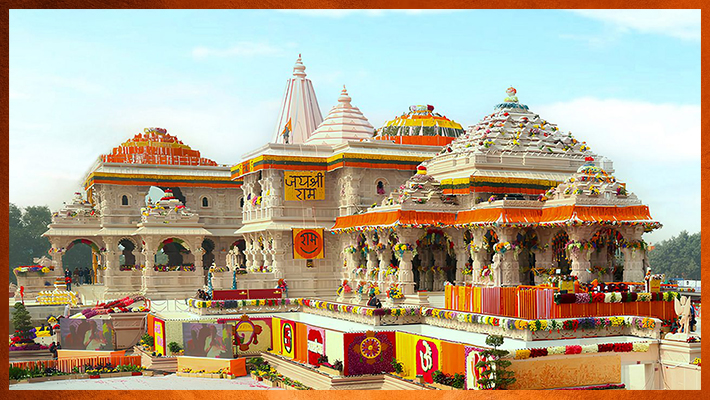
Situated on the banks of the Saryu River, Ayodhya is one of the spiritual destinations in India. With the recently built Ram Janmabhoomi Temple in the birthplace of Lord Rama, this city holds a very special place in the hearts of Indians. It is also one of the seven cities that come under Mokshadayani Sapt Puri, where people go attain moksha. Ayodhya is also believed to be a symbol of Hindu faith and cultural heritage.
After the construction of Ram Mandir, the tourism of Ayodhya has seen a drastic increase and has become one of the cultural hubs.
Ayodhya is home to the Ram Janmabhoomi Temple, but is also rich in other splendid temples that invite devotees from all parts of India. One of the most popular pilgrimage sites is the Hanuman Garhi Temple situated on a hill which draws a lot of people worldwide. The Kanak Bhawan Temple, said to be given to Sita by Kaikeyi, boasts astonishing sculptures of Lord Sita and Rama. Other remarkable temples like Nageshwarnath Temple, Treta Ke Thakur, and Valmiki Ramayan Bhawan also add to the beauty of Ayodhya.
Puri
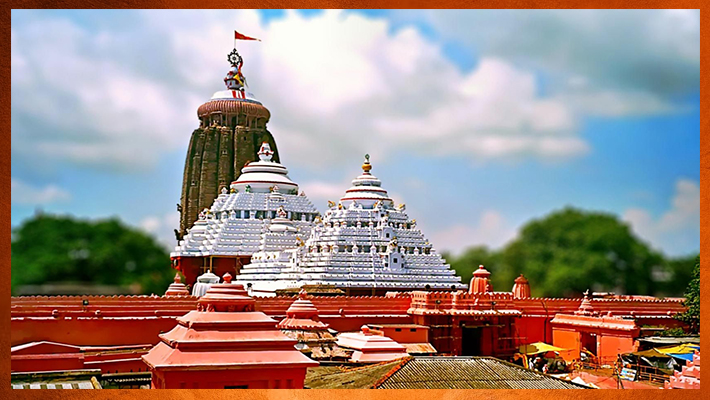
One of the oldest and historic temples in India is Lord Jagannath temple. Located in Puri on the coast of the Bay of Bengal, this temple is part of the sacred Char Dham yatra. The biggest celebration here is the Rath Yatra, and people around the world come to watch this once-in-a-lifetime spiritual event.
Apart from the Jagannath Temple, Puri harbors several other holy places which deepens its history and culture. The Bedi Hanuman Temple has a distinct legend that describes Lord Hanuman being tied up to the city as a guardian. Mausima Temple and Chakra Tirtha Temple are also local sites of devotion known for their great religious importance. Just a quick drive from there is the architectural masterpiece Konark Sun Temple which is a UNESCO World Heritage Site.
Rameswaram
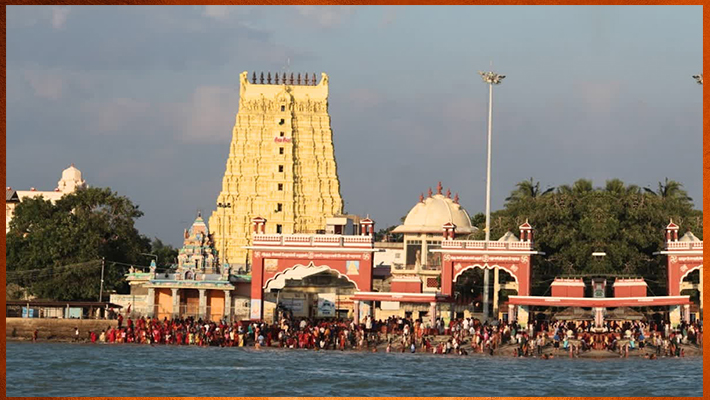
Rameswaram, a part of Char Dham, is one of the spiritual destinations in India. It is situated at the southern tip of Tamil Nadu. Rameshwaram is closely related to the story of Lord Rama who, according to legends, built the Ram Setu from here to Lanka.
Pilgrims visit Ramanathaswamy Temple which is one of the ancient Hindu temples and known for its 22 holy tirthas among which the most visited are the baths where the pilgrims bathe to cleanse their sins. It features long corridors which adds to the divine feeling of the energy around the temple. The unique beauty of Rameshwaram is its peaceful beaches, the silent spirituality of the region and the rich epic of Ramayana intertwined with it. Most of the devotees are of the view that visiting this place helps them in attaining moksha.
Rameswaram is famous for its Ramanathaswamy Temple but the town has many other places of great religious significance. Kothandaramaswamy Temple is close to the sea and marks the place where Vibhishana is believed to have surrendered to Lord Rama. The five-faced Hanuman Temple is known for its unique idol and floating stones said to be from the Ram Setu. The highest point in Rameswaram is Gandhamadhana Parvatham which has a bird’s eye view of the area and is said to bear the footprint of Lord Rama. All these temples further enrich the atmosphere of Rameswaram and make it a pilgrimage for every devotee.
Dwarka
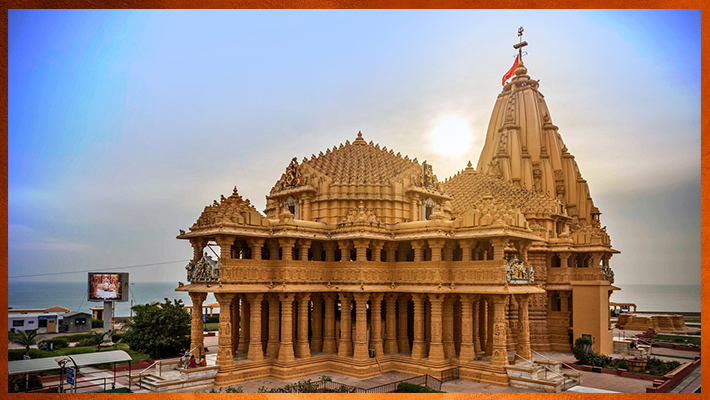
Among old cities, Dwarka holds an irreplaceable charm for it is known as the home of Lord Krishna, a prominent god in Hinduism. It is believed that centuries ago, Lord Krishna ruled from Gad Dwarka after moving base from Mathura. Dwarkadhish is the most famous temple, the size and the beauty of the temple stand to such a level that supports thousands of devotees who visit to pray and to be spiritually close to Shri Krishna. Bet Dwarka, an island that is a few minutes boat ride away is considered the land of Krishna since it's believed he lived here with family. Dwarka is also one of the Char Dham, four very important holy places for Hindus.
Besides the grand Dwarkadhish Temple, Dwarka is home to several other sacred sites that add depth to its spiritual heritage. The Rukmini Devi Temple has magnificent statues and tells the story of devotion in the name of Lord Krishna’s wife. One of the 12 Jyotirlingas of Lord Shiva, The Nageshwar Jyotirlinga Temple is a major attraction for pilgrims, enticing thousands every year. Other places of interest include the Gopi Talav, the site related to the childhood of Krishna, and Sudama Setu, a footbridge that connects the city with the holy beaches.
Conclusion
In conclusion, in India, the temples not only serve as places of worship, but are also the very foundation of the culture, history, and religion here. Each temple from north to south has its cultural richness. Visitors from across the globe come to India, not only for sightseeing but also to experience something soul-touching, and heart-melting, to get blessings from the temples. In India, every temple has its chants and bells which feel like they tell you to come and feel this amazing place.




